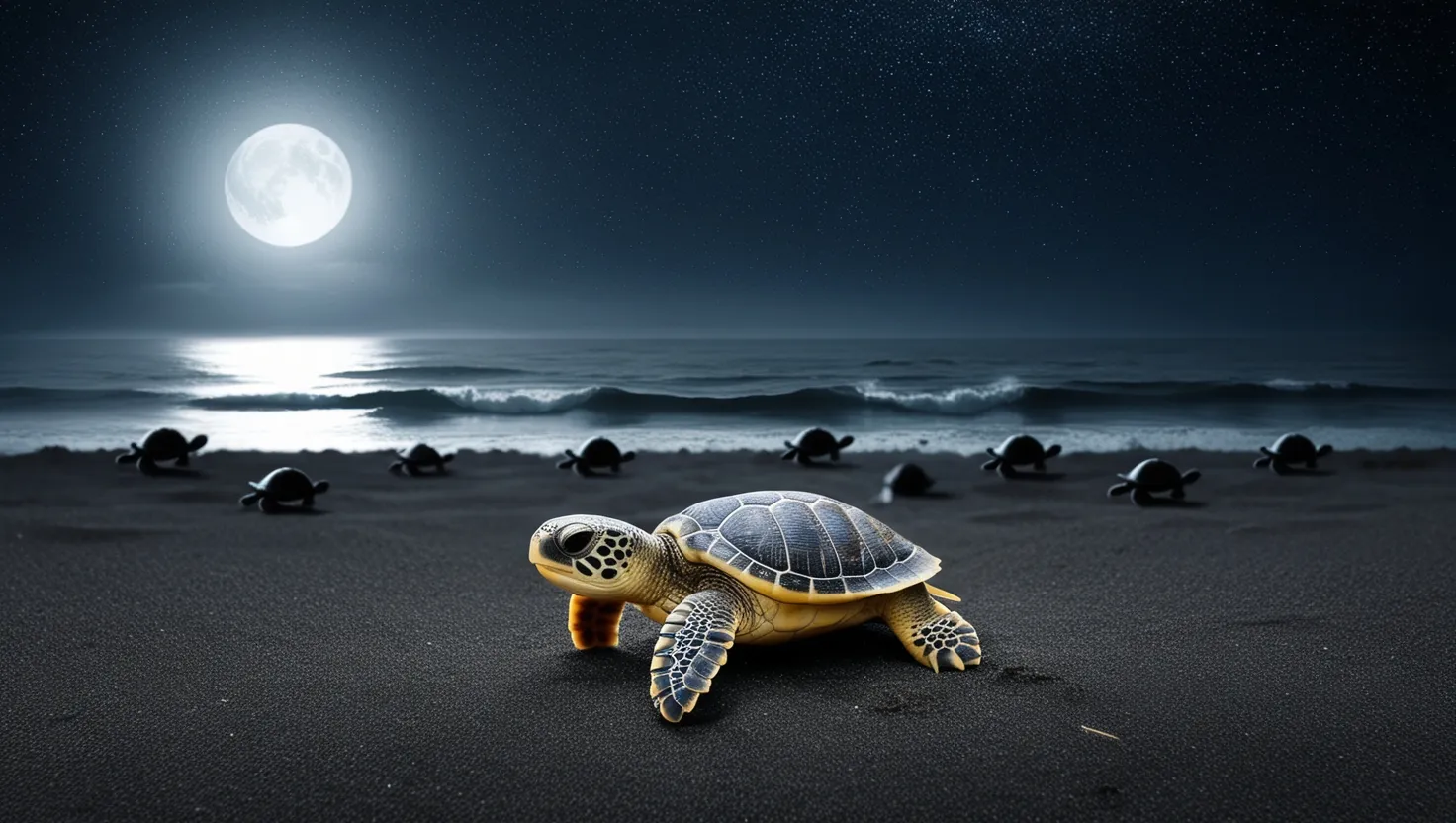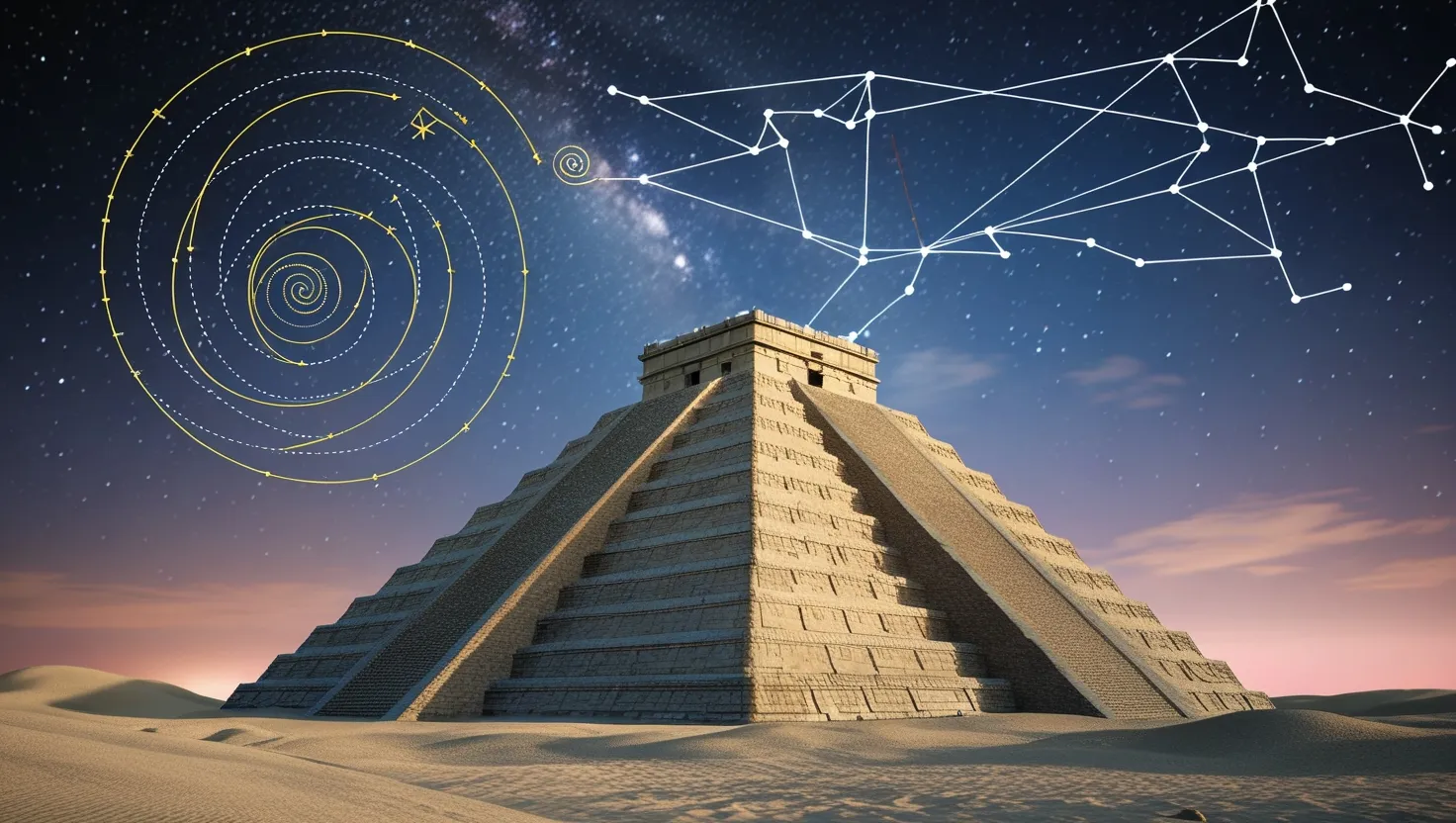Imagine standing on a quiet shore at midnight as thousands of tiny leatherback turtle hatchlings emerge from the sand. Each one, barely larger than your palm, sets out toward the roaring expanse of the ocean. What compels these newborns to swim in one unwavering direction? Even more astonishing, how do some of them return decades later from halfway across the planet, finding a stretch of sand no wider than a football field? If you ever wondered about nature’s greatest travelers, you’re in for a surprising journey.
Animals have been expertly traversing distances that outstrip any human marathon, and they do it with a sense of certainty rivaling the most precise compass or the latest GPS. Yet, with every satellite tag we attach, new questions arise about how these species perform feats that repeatedly dodge our scientific understanding. I want to draw you into seven animal stories so perplexing, they make us question what we really know about biology, physics, even consciousness.
Long before scientists dreamed of satellites and radio tags, leatherback turtles were making their legendary crossings. When I think about a turtle that hatches on a beach in Indonesia and turns up decades later on the same exact shore, my mind races. It’s not just about retracing familiar waters—the young ones are crossing swirling currents, magnetic anomalies, and an ever-changing ocean. Satellite tracks have shown juveniles drifting for years across whole ocean basins, barely touching coastlines, before somehow zeroing in on their birthplace after sexual maturity. Not only are they correcting for moving water, they’re bypassing powerful cues that would confound human navigators. And yet, when researchers tried shuffling magnetic fields in the lab, turtles still made it home. A riddle within a riddle: Could these animals be sensing aspects of the earth invisible to us, like electric or chemical signatures deep below surface waves?
“Not all those who wander are lost.” — J.R.R. Tolkien
If you’ve ever chased summer or winter across hemispheres, you’ll still fall short of the arctic tern, whose annual round-trip migration is the planet’s longest—over 44,000 miles. What would it feel like to fly from the Arctic to the Antarctic and return, year after year? Terns do this with a precision that defies our best meteorological and navigation models. Some birds are just months old when they undertake this odyssey for the first time, avoiding hurricanes and using unfathomed cues mid-flight. What puzzles researchers is how terns manage course corrections over barren ocean, thousands of miles from land or landmarks. Could they be sensing subtle changes in gravity, air pressure, or even the polarization of sunlight streaming through clouds? It’s as if the globe itself whispers directions only they can hear.
I sometimes picture myself as a bogong moth—a creature smaller than a thumb, yet crossing 600 miles over punishing Australian terrain to reach cool mountain caves. The real surprise? Each new generation makes the journey without parents or guides, somehow finding ancient destinations in total darkness. When researchers tested them under night skies and even in planetariums, these moths navigated by glimpsing the distant stars. The twist: artificial city lights fail to disorient them as expected, and genetic mapping has failed to reveal a simple code for star maps. It sparks an irresistible question. Are these moths “remembering” landscapes from a world they’ve never seen, or are there sensors on their bodies our science can’t yet detect?
“Nature is not only stranger than we suppose, but stranger than we can suppose.” — J.B.S. Haldane
Flip the map and marvel at the bar-tailed godwit, a wader that traverses from Alaska to New Zealand, a journey topping 7,000 miles—nonstop. Imagine a flock of birds, some just out of the nest, crossing whole oceans without pausing to rest or feed. If you’re picturing sheer endurance, remember: no human-built aircraft could carry enough fuel to mimic their nonstop flight. These godwits seem to tap into reserves and energy efficiencies that transcend current physiological models. Young birds, untrained by adults, plot out routes that evade both storms and starvation, suggesting a sensory calculus that isn’t in textbooks. What are they perceiving en route? Infrasounds from remote islands? Tiny shifts in wind pattern invisible to us?
Now, think about intelligence in an entirely different package. On the African savanna, elephant herds sometimes trek one hundred miles or more to find secluded waterholes when drought tightens its grip. What raises eyebrows is that elephants will often stride right past available water, bypassing smaller, nearby pools for far-off sources—and these sites might lie in valleys that haven’t seen rain in years. No single elephant alive remembers the last drought or the precise locations of these scattered oases, yet entire herds, including calves, stride with purpose. Empirical tracking rules out mere ticking of memory; no clear prevailing scent, no visible environmental giveaways. It’s as if a collective memory stretches back through forgotten generations, an archive not etched in brain or bone but in something much deeper. Could this environmental memory involve vibrations or geomagnetic imprints carved into the earth itself?
“If we seek something out of the ordinary, we must first look at what everyone else overlooks.” — E.O. Wilson
A similarly mind-bending puzzle unfolds every autumn as millions of monarch butterflies sweep south from the United States and Canada to just a handful of Oyamel fir forests in Mexico. What grips me is that no single monarch completes the full round-trip. Each migration is the work of several generations, yet somehow the great-grandchildren end up right where their ancestors roosted. It’s tempting to call this genetic memory, but attempts to decode it as simple instinct have only raised more red flags. Cross-breeding and manipulation experiments show orientation behavior far outpaces what genes alone should influence. Are these butterflies connected to environmental cues—minute changes in atmospheric pressure, geomagnetic lines, even quantum-level interactions? Every migration seems to jot a fresh note in a ledger science can barely read.
What if we slip beneath the waves to trace the movements of another unlikely traveler—the spiny lobster? When storms or changing seasons send these crustaceans marching, they line up, single file, forming chains across featureless sandy seafloors. Sight won’t work in the turbid water, and experiments have ruled out straightforward chemical trails. Yet, each lobster seems to constantly scan its neighbor’s position, holding the line for miles, through thick and thin. Disruption—such as removing a lobster from the line—leads to near-instant realignment. Is this a case of some collective awareness, a physical connection beyond scent, touch, or sight? Could it be a living example of emergent intelligence—where group behavior reveals capacities that individuals never display alone?
Do you ever wonder if we’ve been approaching these mysteries with the wrong set of tools? When our usual hypotheses—magnetism, scent, instinct—fail to explain the evidence, does that reveal more about animal intelligence, or about the boundaries of our imagination?
“It is not the strongest of the species that survives, nor the most intelligent, but the one most responsive to change.” — Charles Darwin
Here’s what I find most exciting: while contemporary science has mapped trajectories, timed arrivals, and even measured the bioelectric pulses of migrating animals, each discovery deepens the enigma. We find ourselves continually chasing clues that fracture into new questions. Consider how magnetism, once hailed as the master key for animal navigation, now exposes more oddities than clarities; some species rely on it as just one component among many, while others perform navigation feats even when classic cues are scrambled.
This all makes me ask, are we missing an entire layer of perception—a kind of biological “wifi”—woven through the natural world? Are there communication channels between animals, land, and sea that modern measurement hasn’t begun to detect? Some researchers suggest phenomena like quantum entanglement or bioelectric fields could play a part. Others hint at undiscovered senses—a “compass” organ, perhaps, or cellular-level receptors tuned to environmental rhythms invisible to human perception.
What’s undeniable is the humility these navigational feats demand of us. Whenever I follow a story of a bird, fish, or insect completing its extraordinary migration, I’m reminded that science’s greatest power comes not from solving every puzzle, but from admitting how much mystery still exists. Each animal’s journey shatters another assumption, suggesting that intelligence, memory, and sensory ability are far deeper and more varied across the animal kingdom than we expect.
Next time you notice a creature heading purposefully across land, sea, or sky, pause for a moment. What riddles are they solving, which haven’t even yet occurred to us? What secrets move under their skin—what blueprints do they read in the stars, the earth, the tides?
To witness these migrations is to glance briefly at nature’s most intimidating classroom, where even the “simple” act of going home challenges everything we think we know about logic, life, and the laws of science. There are gaps in our language, in our technology, and even in our culture’s sense of what’s possible.
Perhaps that’s the most compelling take-away: that the world, however closely studied, continues to withhold some of its most breathtaking feats. And as long as arctic terns, elephants, godwits, monarchs, moths, turtles, and spiny lobsters remain on the move, we’re all travelers, too, in search of an answer.






